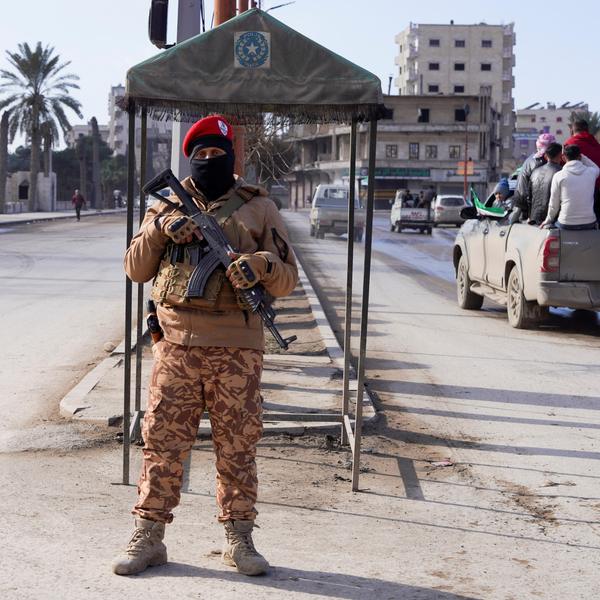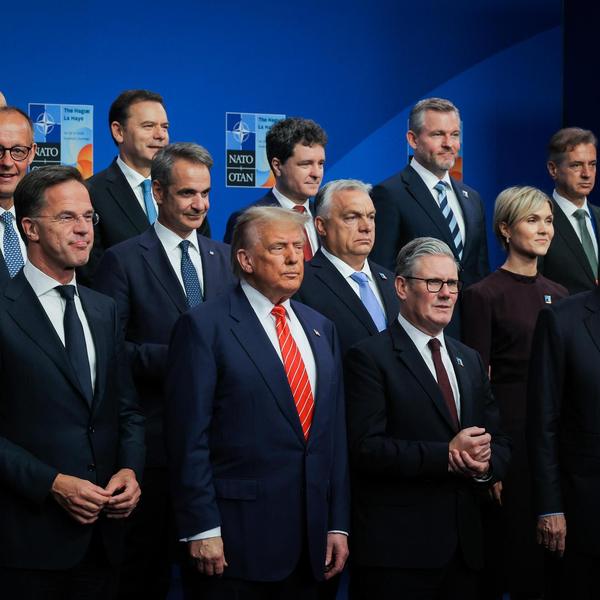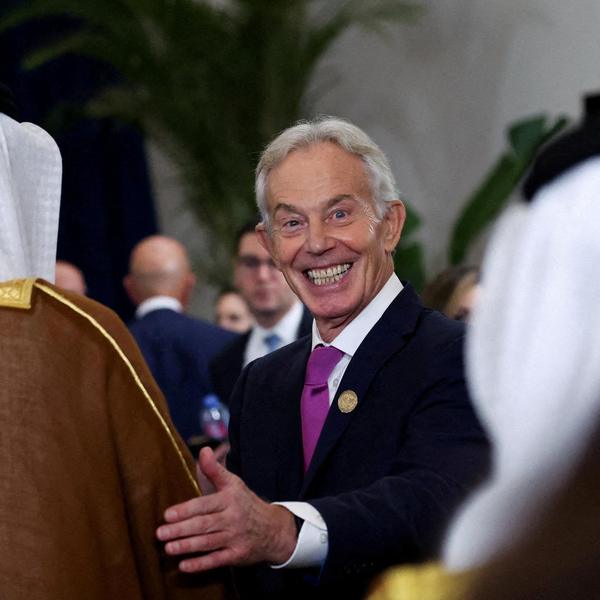Sanctions usually fail to achieve any stated policy goals, and they frequently backfire and encourage more of the behavior that they are meant to stop.
The maximalist sanctions on Russia imposed in response to Russia’s illegal invasion of Ukraine are proving to be no different. A recent Bloomberg report called attention to the unwelcome but predictable consequences of broad Russia sanctions: “But some Biden administration officials are now privately expressing concern that rather than dissuading the Kremlin as intended, the penalties are instead exacerbating inflation, worsening food insecurity and punishing ordinary Russians more than Putin or his allies.”
These harmful effects of broad sanctions should not come as a surprise to anyone that has followed these issues closely, since this is what almost always happens when a country’s entire economy is targeted for punishment. The inability to change the behavior of a targeted government is even less surprising, since it is extremely rare for unfriendly authoritarian states to knuckle under in the face of U.S.-led pressure campaigns. The negative effects of these sanctions on Russia are bound to be greater and more far-reaching than in previous cases because Russia is a much bigger player in the global economy. The harsher the economic warfare becomes, the more it is going to harm the entire world.
Often sold as a “low-cost” alternative to military conflict, broad sanctions in practice are an indiscriminate attack on an entire nation. They inflict punishment on tens of millions of ordinary people while leaving the wealthy and well-connected mostly untouched. In some cases, they create humanitarian crises all on their own, and in others, such as Venezuela, they greatly exacerbate existing crises and make them far deadlier than they would be otherwise.
Sanctions are often imposed on countries under the de facto control of abusive authoritarian governments, which means that the people suffer twice over from those that rule them and outside powers that wage economic war in attempts to isolate those rulers. In every case, the people made to suffer for a given policy are in no position to change it, and sanctions tend to tighten the grip that authoritarian leaders have while the leaders’ domestic opponents are forced to scramble just to survive.
The Russian case is unusual in that it is the first time in recent history that the United States and its allies have attempted to use this kind of extensive economic coercion against such a large state, but in other respects it is following the same pattern we have seen with previous sanctions regimes. Broad sanctions always punish ordinary people more than elites, and this is by design. As Esfandyar Batmanghelidj has shown in his research on Iran sanctions, broad sanctions function as an inflation weapon aimed squarely at the people. He explained further in an article he wrote with Erica Moret earlier this year that “sanctions hit hardest for middle class citizens, who struggle to maintain their standard of living as inflation throws the economy into disarray, and those who live in poverty, who struggle simply to survive as the price of bread skyrockets.”
Economic warfare consistently worsens food insecurity in the targeted country, and now the same destructive effects are being felt around the world because of the disruptions created by the war itself, the sanctions response to it, and Russian retaliatory moves in response to the sanctions. As Amir Handjani warned in an article for Responsible Statecraft earlier this year, “We are truly in uncharted waters and seemingly unprepared for the consequences.” We are used to coercive policies backfiring on us in the form of worsening security problems, but now we are confronting a future where we will be experiencing economic blowback as well. Economic warfare ceases to be a “cheap” option when the target can fight back.
If the costs of economic warfare are high, what about the benefits? The truth is that there are few or none. The limited effectiveness of sanctions as a policy tool has been well-understood among scholars for decades, but that understanding has scarcely influenced policymaking decisions. As Nicholas Mulder has explained in “The Economic Weapon,” an important account of the origins of modern economic sanctions in the wake of World War I, the United States has resorted to using economic sanctions more and more frequently in recent decades, and those sanctions have become less successful than ever.
Mulder writes: “Yet while in the 1985-1995 period, at a moment of great relative Western power, the chances of sanctions success were still around 35-40 percent, by 2016 this had fallen below 20 percent. In other words, while the use of sanctions has surged, their odds of success have plummeted.” The increasingly sophisticated U.S. use of financial sanctions and secondary sanctions has served to make economic warfare even more devastating to the people on the receiving end, but, outside of the U.S.-led international sanctions regime that led to the Iran nuclear deal, it has yielded no other notable successes.
One reason for this declining efficacy is the relative decline of U.S. and allied economic clout and the rise of other states, which creates more opportunities for other countries to act as sanctions busters. Another is that the United States tends to use its most powerful sanctions in pursuit of far-fetched and sometimes impossible goals, whether it is forcing regime change, compelling unilateral disarmament, or halting a war. U.S. policymakers consistently overrate the power of sanctions and underestimate the targeted state’s willingness to endure economic pain for the sake of some other goal.
For example, the United States remains committed to keeping “maximum pressure” sanctions on North Korea and continues to threaten North Korea with additional sanctions if its government conducts new missile and nuclear tests. During the beginning of the pandemic, the DPRK effectively sealed itself off from the world of its own accord, so it is hard to imagine what further economic punishment could achieve. North Korea is still intransigent in the face of demands for disarmament, and it seems very unlikely that this is going to change no matter how many inducements Washington might offer.
In other cases, such as Afghanistan, the United States refuses to acknowledge the de facto government of a country and continues to sanction it as if it were just a band of insurgents. The risk of violating sanctions is great enough that most firms and financial institutions won’t take the chance of doing business in the country even if some transactions are technically permitted. The sanctions currently in place on the Taliban have effectively cut off Afghanistan from almost all outside trade, the United States has seized the assets of the Afghan state, and international aid that the country depended on heavily for decades has been reduced to a fraction of what it once was.
The predictable and predicted result has been deepening poverty and starvation for tens of millions of ordinary Afghans. The collapse of purchasing power over the last year means that there might be food available, but it is beyond the means of most people to buy it.
Economic coercion through broad sanctions can cause tremendous destruction, but it routinely fails to advance U.S. interests or improve security conditions in other parts of the world. It is time to recognize that broad sanctions do more harm than good, and they worsen many of the problems they are supposed to remedy.
















